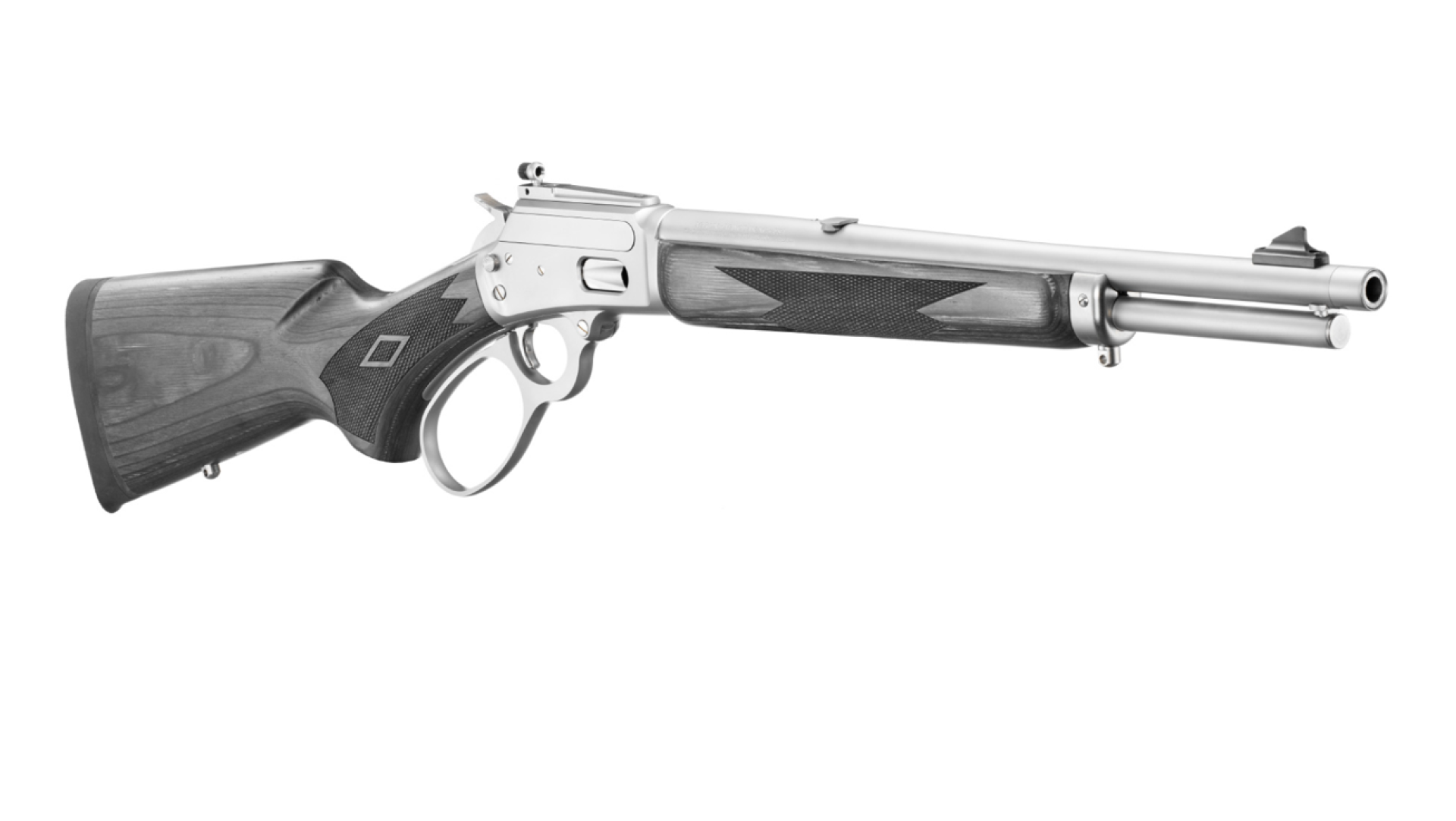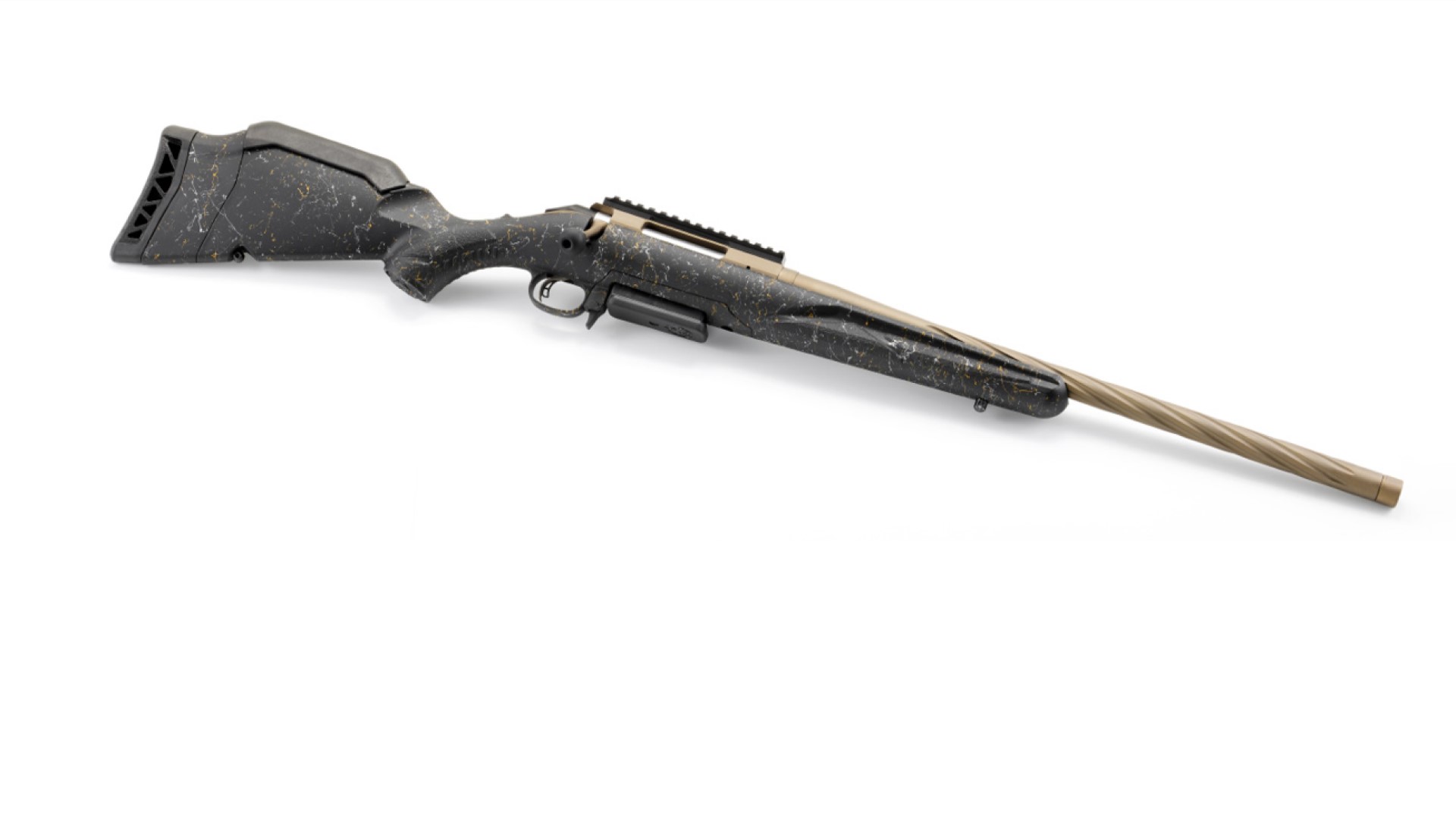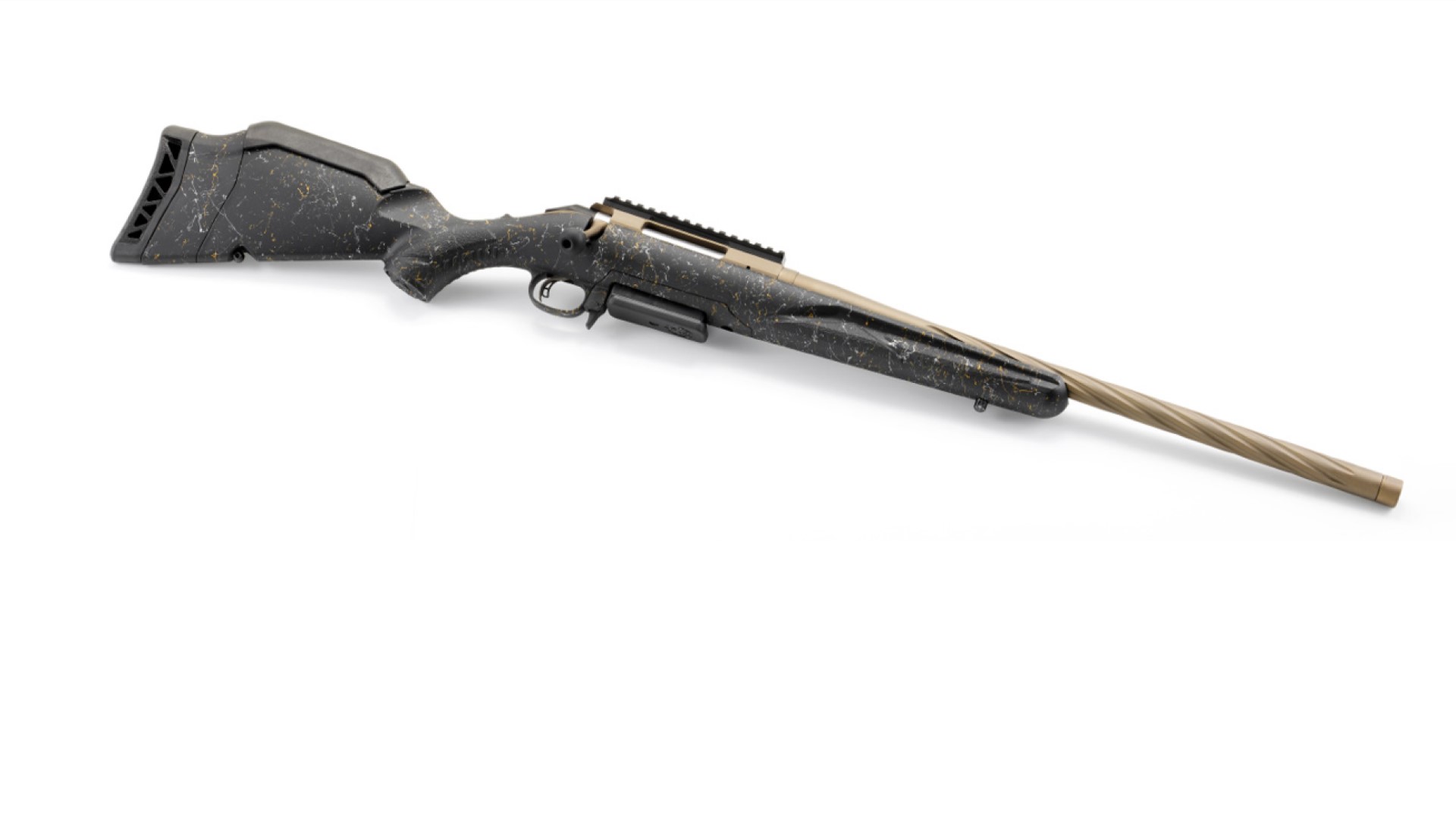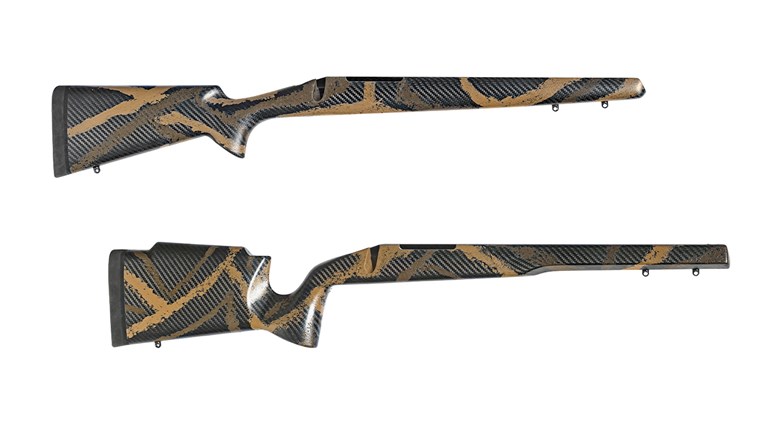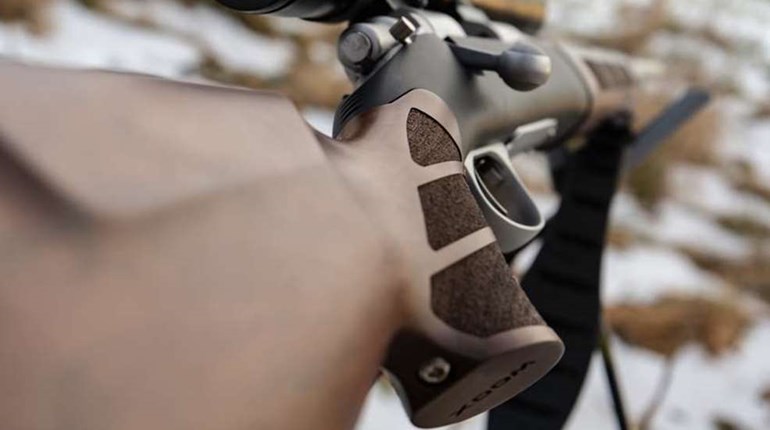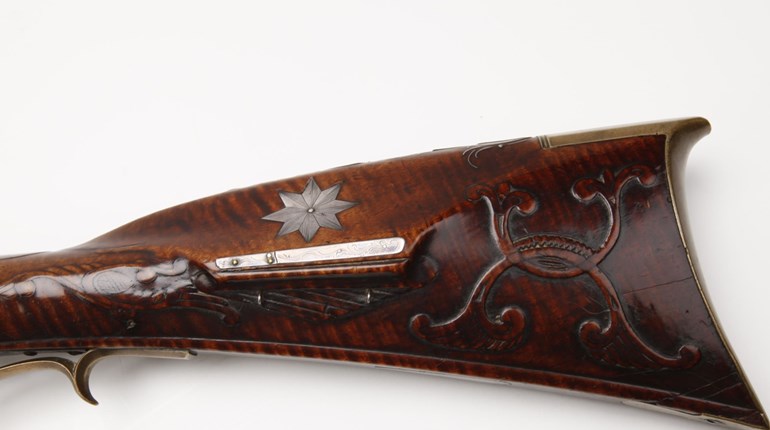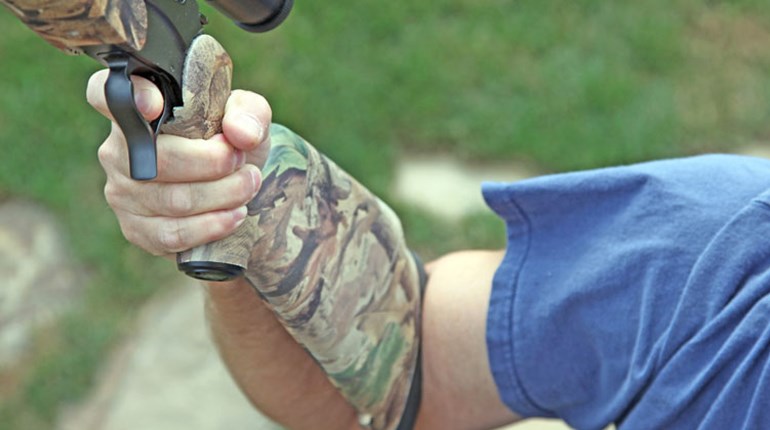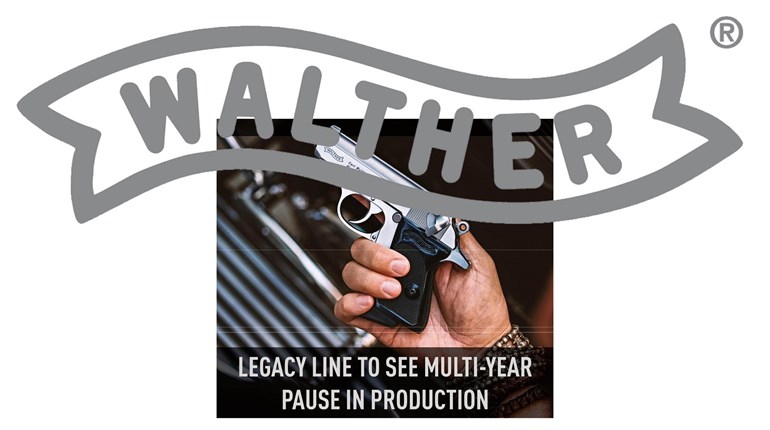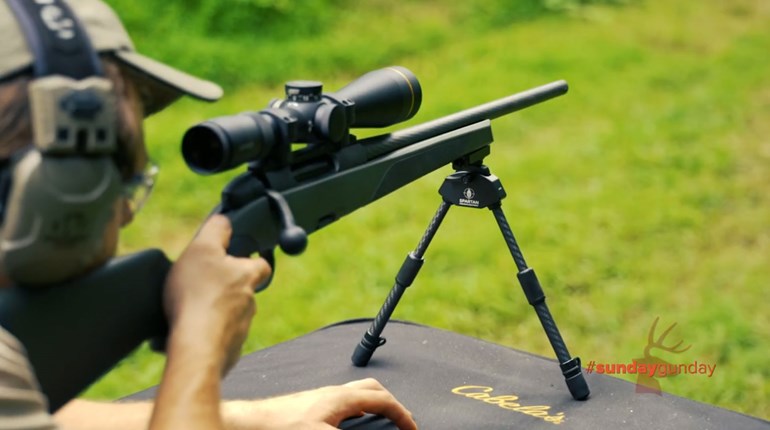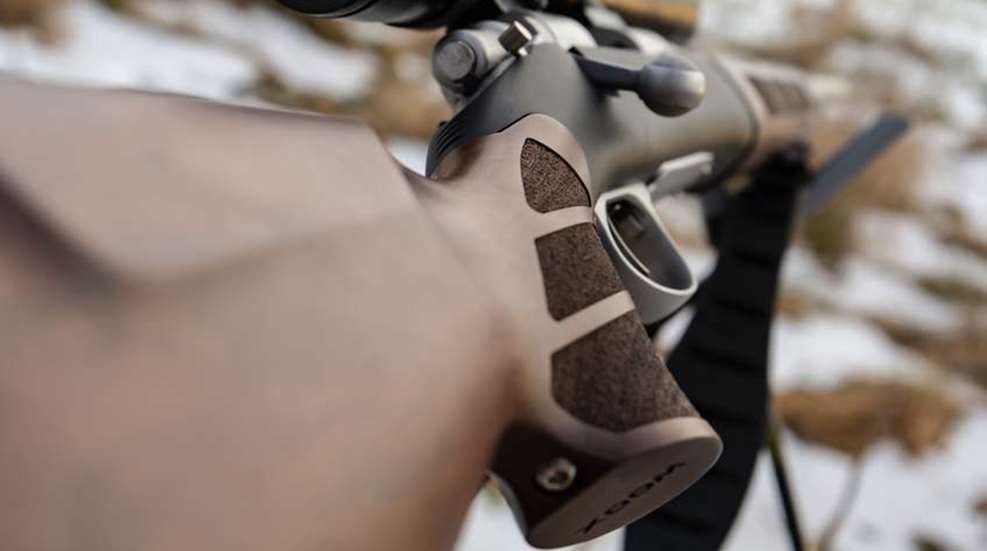
Because the stock is the physical interface between the shooter and a firearm, stock fit can and does significantly affect your performance. Here are five things to know about stock fit:
1. Because shotguns are pointed, not aimed, stock fit is especially critical for shotguns.
Comb height and width, cast-on or cast-off, stock pitch, pull length and wrist contours must be tailored to the individual shooter so that when held in a normal shooting position, the shotgun points where the shooter is looking. Top shotgun competitors and serious bird hunters often have their shotgun stocks fitted to their physical characteristics. Some competition shotgun stocks, such as those used for trap or sporting clays shooting, often have adjustable combs and buttpad spacers for easier fitting.
2. Stock fit is also critical with most hunting rifles.
The most important aspect of rifle stock fit is comb height. The comb must be high enough to position the shooter's eye directly behind a riflescope if a scope is to be used. For this reason, comb angle is also significant. A comb that angles sharply downward toward the butt will transfer more recoil to the shooter's face than a comb that rises toward the rear. A straight comb is a popular compromise, as it allows the head to be slid slightly forward or rearward on the stock (as might occur with different shooting positions) without changing the height of the eye in relation to the scope sight.
3. Handgun stock fit is important in order to stabilize contact with the shooter's hand.
In this respect, the girth of the grip frame, the width and length of the grip area and the trigger reach (the shortest distance from the backstrap to the trigger face) all influence how a handgun is held and controlled. For example, shooters with small hands often find it difficult to achieve a proper firing grip on large-frame handguns. Shooters with large hands find it difficult to grip small-frame handguns.
4. The girth of many handguns can be modified easily by installing thinner grip panels if such are available.
Smooth grip panels can be replaced with checkered rubber panels to increase retention. Grips with integral non-slip surfaces covering frontstraps or backstraps can be used to increase trigger reach and retention. Lastly, several firms offer slip-on rubber units designed to meet some of the above needs.
5. For target shooting, handgun stocks can facilitate optimal alignment of the shooter's hand, wrist and forearm.
This allows the shooter to achieve a comfortable shooting position that naturally aligns the eye with the target. Stocks for target handguns used in bullseye or ISSF competition are shaped to give maximum ergonomic benefit through the use of thumb rests, palm swells, adjustable palm shelf, trigger reach, grip angle and cant. A handgun stock offering all or a majority of these features is termed an orthopedic grip and may (depending on what is allowed by a specific competition's rules) nearly envelop the hand and wrist. Handgun competitors often purchase oversize stocks and then shape them to their shooting hand for the best fit.




